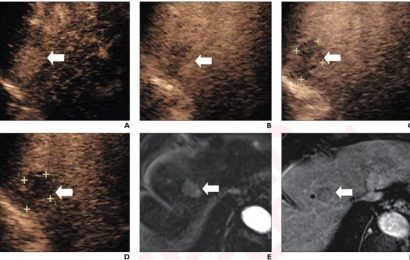
Tobacco smoke-exposed children utilize emergency and urgent care services more often than unexposed children, which contributes to a large toll on the nation’s health care system, says research led by the University of Cincinnati.
The study, recently published in the journal PLOS ONE, concluded:
- Children who are exposed to tobacco smoke have higher pediatric emergency department visit costs compared to unexposed children.
- A higher number of tobacco smoke-exposed children had an urgent care visit over a one-year period compared to unexposed children.
- Tobacco smoke-exposed children had nearly twice the risk of being admitted to the hospital over a one-year period compared to unexposed children.
“Despite major progress in tobacco control, about 4-in-10 children remain exposed to tobacco smoke. This exposure places developing children at higher risk for many health problems, including respiratory illnesses such as asthma, bronchiolitis and pneumonia,” says health services researcher and lead author Ashley Merianos, an associate professor of health promotion and education in UC’s School of Human Services.
Merianos is also a research affiliate member of Cincinnati Children’s Hospital Medical Center, the Thirdhand Smoke Research Consortium and the American Academy of Pediatrics Tobacco Consortium.
The study, Merianos says, also lends insight into preventions such as standardizing and initiating tobacco smoke exposure reduction interventions in the urgent care, emergency and inpatient settings and promoting voluntary smoke-free home and car policies to help reduce children’s tobacco smoke exposure and related consequences.
Source: Read Full Article


